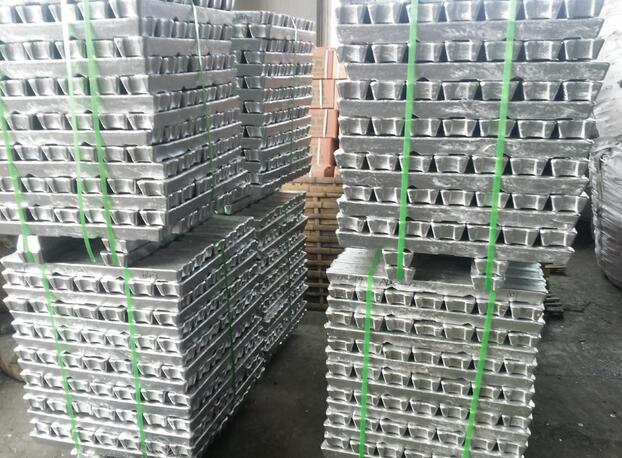Under the dual stimulus of demand recovery and supply chain disruption, aluminum prices rose to a 13-year high. At the same time, institutions have diverged on the future direction of the industry. Some analysts believe that aluminum prices will continue to rise. And some institutions have begun to issue bear market warnings, saying that the peak has arrived.
As aluminum prices continue to rise, Goldman Sachs and Citigroup have raised their expectations for aluminum prices. Citigroup’s latest estimate is that in the next three months, aluminum prices may rise to US$2,900/ton, and 6-12-month aluminum prices may rise to US$3,100/ton, as aluminum prices will transition from a cyclical bull market to a structural bull market. The average price of aluminum is expected to be US$2,475/ton in 2021 and US$3,010/ton next year.
Goldman Sachs believes that the outlook for the global supply chain may deteriorate, and the price of futures aluminum is expected to rise further, and the target price of futures aluminum for the next 12 months is raised to US$3,200/ton.
In addition, the chief economist of Trafigura Group, an international commodity trading company, also told the media on Tuesday that aluminum prices will continue to hit record highs in the context of strong demand and deepening production deficits.
Rational voice
But at the same time, more voices began to call for the market to calm down. The relevant person in charge of the China Nonferrous Metals Industry Association said not long ago that the repeated high aluminum prices may not be sustainable, and there are “three unsupported and two major risks.”
The person in charge said that the factors that do not support the continued increase in aluminum prices include: there is no obvious shortage of electrolytic aluminum supply, and the whole industry is making every effort to ensure supply; the increase in electrolytic aluminum production costs is obviously not as high as the price increase; current consumption is not good enough to support Such high aluminum prices.
In addition, he also mentioned the risk of market correction. He said that the current substantial increase in aluminum prices has made downstream aluminum processing companies miserable. If the downstream industries are overwhelmed, or even once high aluminum prices inhibit terminal consumption, there will be alternative materials, which will shake the basis for price increases and lead to The price pulls back quickly at a high level in a short time, forming a systemic risk.
The person in charge also mentioned the impact of the tightening of monetary policies of major central banks in the world on aluminum prices. He said that the unprecedented monetary easing environment is the main driver of this round of commodity prices, and once the currency tide fades, commodity prices will also face huge systemic risks.
Jorge Vazquez, managing director of Harbor Intelligence, a US consulting firm, also agrees with the China Nonferrous Metals Industry Association. He said that the demand for aluminum has passed its cyclical peak.
“We see the momentum of structural demand in China (for aluminum) is weakening”, the risk of industry recession is increasing, and aluminum prices may be at risk of a rapid collapse, Vazquez said at the Harbor industry conference on Thursday.
The Guinea coup has raised concerns about the disruption of the bauxite supply chain in the global market. However, experts in the country’s bauxite industry have said that the coup is unlikely to have any major short-term impact on exports.
Post time: Sep-13-2021

